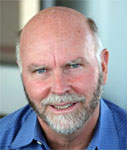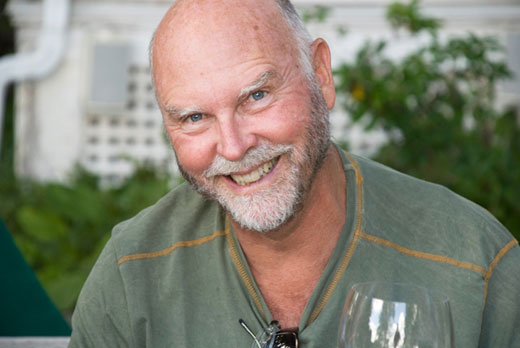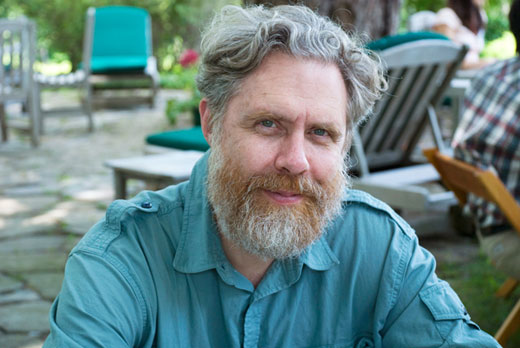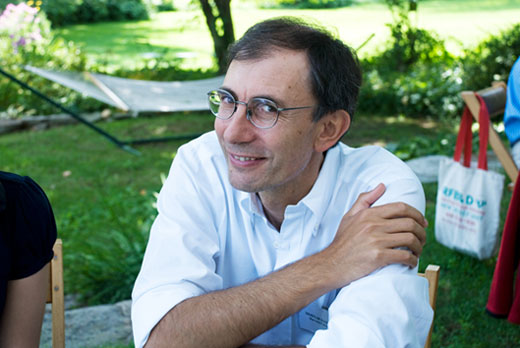
In a news cycle dominated by Paris Hilton and the Apple iPhone, Craig Venter has announced the results of his lab's work on genome transplantation methods that allows for the transformation of one type of bacteria into another, dictated by the transplanted chromosome. In other words, one species becomes another. This is news, bound to affect everyone on the planet. Below is the press release fromVenter's Institute, along with links to the scientific paper published in Science, and the international press.
The day after the announcement, Edge talked to Venter, who had the following to say about the research underway:
Now we know we can boot up a chromosome system. It doesn't matter if the DNA is chemically made in a cell or made in a test tube. Until this development, if you made a synthetic chomosome you had the question of what do you do with it. Replacing the chomosome with existing cells, if it works, seems the most effective to way to replace one already in an existing cell systems. We didn't know if it would work or not. Now we do. This is a major advance in the field of synthetic genomics. We now know we can create a synthetic organism. It's not a question of 'if', or 'how', but 'when', and in this regard, think weeks and months, not years.

JCVI Scientists Publish First Bacterial Genome Transplantation Changing One Species to Another
Research is important step in further advancing field of synthetic genomics
ROCKVILLE, MD — June 28, 2007 — Researchers at the J. Craig Venter Institute (JCVI) today announced the results of work on genome transplantation methods allowing them to transform one type of bacteria into another type dictated by the transplanted chromosome. The work, published online in the journal Science, by JCVI’s Carole Lartigue, Ph.D. and colleagues, outlines the methods and techniques used to change one bacterial species, Mycoplasma capricolum into another, Mycoplasma mycoides Large Colony (LC), by replacing one organism’s genome with the other one’s genome.
“The successful completion of this research is important because it is one of the key proof of principles in synthetic genomics that will allow us to realize the ultimate goal of creating a synthetic organism,” said J. Craig Venter, Ph.D., president and chairman, JCVI. "

Published Online June 28, 2007
Science DOI: 10.1126/science.1144622
Science Express Index
Research Articles
Submitted on May 3, 2007
Accepted on June 21, 2007
Genome Transplantation in Bacteria: Changing One Species to Another
Carole Lartigue 1, John I. Glass 1*, Nina Alperovich 1, Rembert Pieper 1, Prashanth P. Parmar 1, Clyde A. Hutchison III 1, Hamilton O. Smith 1, J. Craig Venter
The J. Craig Venter Institute, Rockville, MD 20850, USA.
As a step toward propagation of synthetic genomes, we completely replaced the genome of a bacterial cell with one from another species by transplanting a whole genome as naked DNA. Intact genomic DNA from Mycoplasma mycoides large colony (LC), virtually free of protein, was transplanted into Mycoplasma capricolum cells by polyethylene glycol-mediated transformation. Cells selected for tetracycline resistance, carried by the M. mycoides LC chromosome, contain the complete donor genome and are free of detectable recipient genomic sequences. These cells that result from genome transplantation are phenotypically identical to the M. mycoides LC donor strain as judged by several criteria. ... [subscription]






